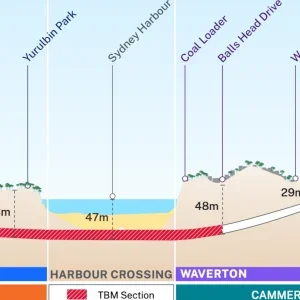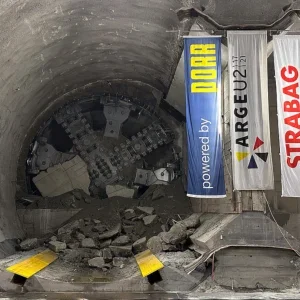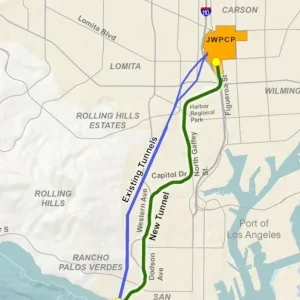The European Commission (EC) launched a new set of measures last month, designed to reduce the number of deaths due to accidents in road tunnels.
The rules will apply to all European tunnels longer than 500m and belonging to the Trans European Road Network. Existing tunnels have 10 years to comply with the guidelines.
The EC said that the aim of the new directive is to harmonise minimum safety requirements within tunnels, because too many lives had recently been lost. “The European Union has the responsibility to ensure a high level of safety,” vice president in charge of energy and transport, Loyola de Palacio, said.
The directive proposes that each country designates a “Tunnel Manager” responsible for safety in tunnels, whose primary objective is the prevention of accidents. This includes: the efficient performance of lighting and ventilation; better information for road users; the construction of twin-tube tunnels instead of single tube tunnels; and closer co-operation with the emergency services.
In the event of an accident, road users must be able to “rescue themselves” thanks to clear signs and safety equipment. There is more responsibility placed on the drivers of heavy goods vehicles and buses.
The number of tunnels in the Trans European Road Network, affected by the new directive, is 512, with Italy, Austria and Germany responsible for 365 between them. Norway is the only non-European country to be affected with 130 tunnels, over 500m, totalling 200km.
The economy is also a consideration in this new directive. In addition to the 39 lives lost in the Mont Blanc tunnel disaster, the annual cost to Italy was up to US$350m.







